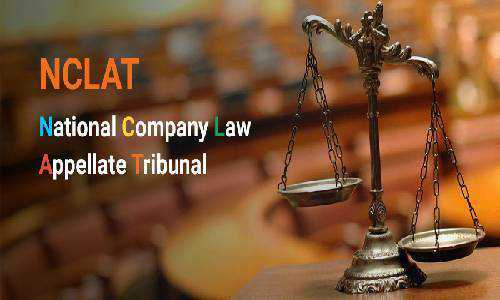
National Company Law Appellate Tribunal held that where application filed for withdrawal of CIRP under section 12A by promoter was approved by Committee of Creditors by more than 90 per cent voting share, same could not be rejected on the ground that 'Promoter' not eligible to file 'resolution plan' under section 29A cannot file an application under section 12A.
In the instant case titled Shweta Vishwanath Shirke v. Committee of Creditors the issue that was raised before the NCLAT was;
Whether an application can be rejected under section 29A of IBC?
Whether an application filed under 12A of IBC be rejected by Adjudicating Authority?
NCLAT held that since application under section 12A was approved by 'Committee of Creditors' by more than 90 per cent of voting share, it was not open to the NCLT to reject same and that too on a ground of ineligibility under section 29A. Further held that impugned order was to be set aside and appellant was allowed to withdraw application filed under section 7.
Section 29A of the Code prohibits some individuals from submitting a resolution plan for a Corporate Debtor, Section 29A's applicability is nullified if the application is withdrawn under Section 12A. As a result, when the COC approves the withdrawal of the application and accepts the corporate debtor's settlement offer by a 90 per cent vote, section 29A's restriction on the old management regaining control of the corporate debtor does not apply, and the COC's control and approval trump section 29A's provisions.
With regard to the second issue, an application under filed under Section 12A of IBC cannot be rejected/dismissed by the Adjudicating Authority merely on the ground that the promoter is not eligible to file a resolution plan under section 29A of IBC.
Therefore, even if the asset of the ‘Corporate Debtor’ is held to be proceeds of crime, the Adjudicating Authority cannot reject the prayer for withdrawal of application under Section 7, if the ‘Promoter’ / ‘Director’ or ‘Shareholder’ in their individual capacity satisfy the creditors.

